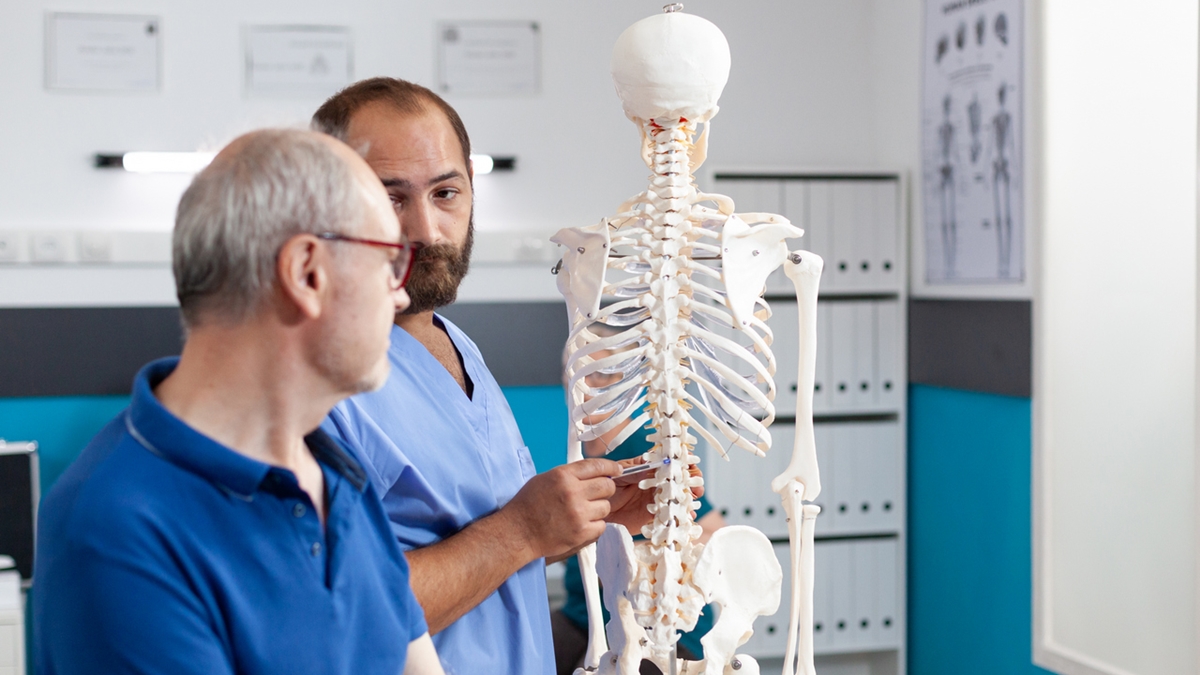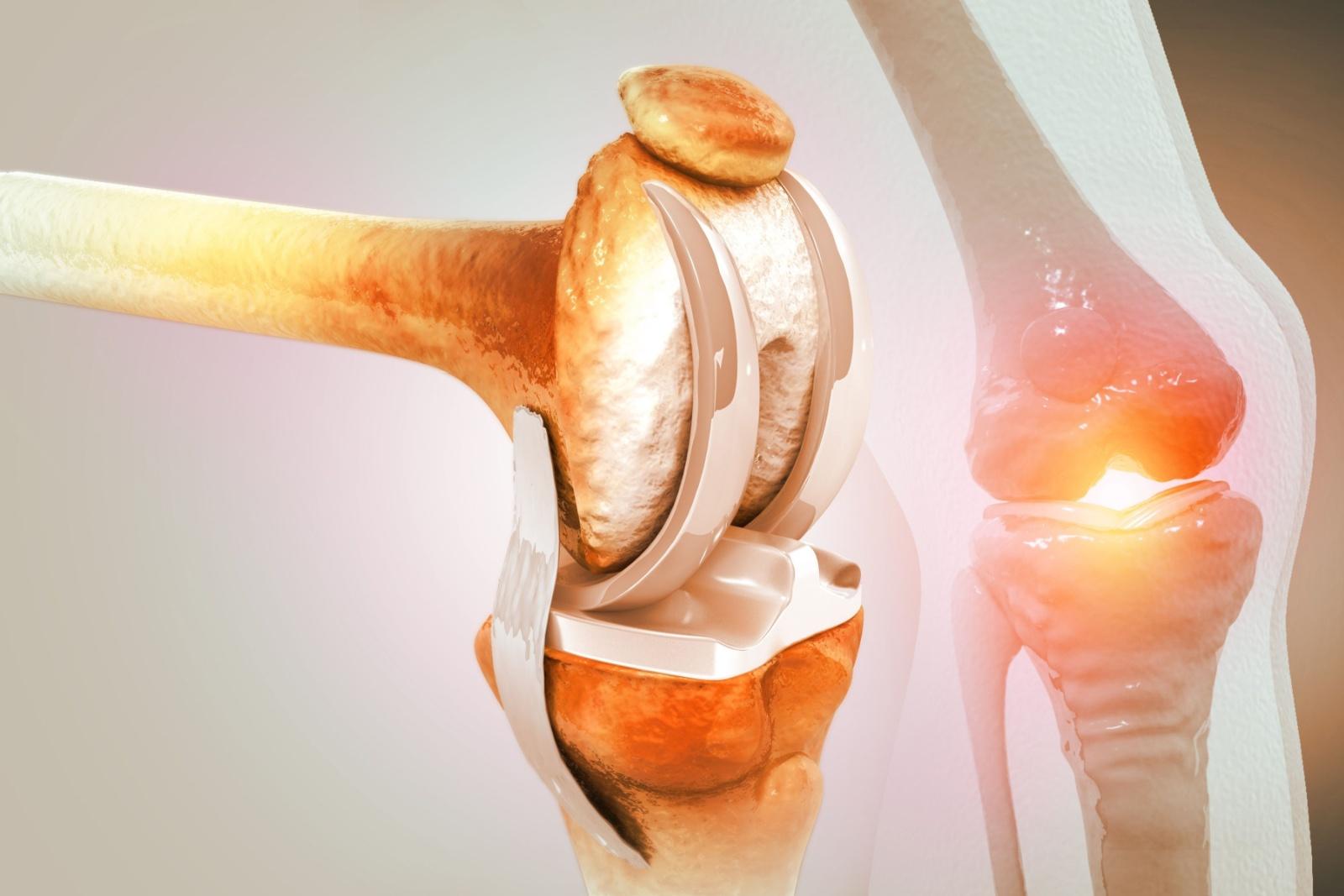
If you've ever searched for hip replacement specialist in Kolkata, you might have noticed that the approach to joint replacement can vary significantly depending on a patient's age. It's not just about replacing a worn-out joint; it's about customizing the surgery to the specific life stage of the patient to ensure optimal outcomes and adapt to different lifestyle needs. In this detailed exploration, we'll dissect how joint replacement procedures, particularly hip replacements, differ across various age groups. From the durability of implants to the surgical techniques used, age plays a pivotal role in how these procedures are planned and executed.
Joint replacement surgery, especially hip and knee replacements, serves as a beacon of hope for those suffering from debilitating joint pain and mobility issues. This procedure involves removing damaged components of a joint and replacing them with artificial parts, designed to mimic the function of a natural, healthy joint. The goal is to alleviate pain and restore mobility, enhancing the patient's quality of life. While these objectives remain constant, the strategies and technologies employed can vary greatly with the patient's age, reflecting differences in bone density, activity levels, and long-term health prospects.
Younger patients considering joint replacement face unique challenges and considerations. A key concern is the longevity of the artificial joint. Since these prosthetics typically last about 15-20 years, younger individuals might undergo revision surgery later in life, which can be more complex than the initial replacement. Surgeons often lean towards procedures that are less invasive and conserve more of the patient’s original bone structure to facilitate future interventions if necessary. One such procedure is hip resurfacing, which is less disruptive than a full hip replacement and allows for easier revision surgeries if they become necessary later on.
Statistic Insight: Only about 2% of all hip replacements are performed on patients under the age of 40. This statistic highlights the conservative approach taken towards younger patients, aiming to extend the life of their natural joints and delay the need for replacement as long as possible.
Individuals in their 40s and 50s often begin to experience the effects of degenerative joint diseases, marking this period as a common time for considering joint replacement. However, because people in this age bracket tend to maintain a more active lifestyle, the surgical approach and choice of implants need to accommodate higher activity levels. Surgeons may opt for advanced materials and designs in prosthetics that can better withstand the wear and tear of an active life. The focus here is also on minimizing recovery time, enabling patients to return to their work and leisure activities more quickly, thus maintaining their quality of life.
The blend of durability in the prosthetics used and the efficiency of recovery protocols ensures that middle-aged patients can enjoy a seamless transition back to their daily routines, minimizing the disruption caused by surgery.
For seniors, joint replacement surgery prioritizes ensuring maximum comfort and reducing potential risks. Older adults often have multiple health issues, such as diabetes or cardiovascular diseases, which can complicate surgery and recovery. In this age group, the surgical approach, choice of anesthesia, and types of implants are carefully selected to address these complexities. The implants chosen are typically more focused on stability and ease of use rather than high durability under stress, considering that seniors are less likely to engage in high-impact activities but need reliable support for everyday movements.
Personal Insight: My grandmother's hip replacement surgery in Kolkata was a vivid example of how surgeons tailor their approaches for older patients. Her surgeon chose a posterior approach, which is deemed safer and involves less risk of dislocation post-surgery—a common concern in older adults. This method not only ensured a safer surgery but also facilitated a smoother recovery, allowing her to regain mobility with confidence.
for more information visit our website -https://drdebasischakravarty.com/treatment/hip-replacement-specialist-in-kolkata/
The field of joint replacement is continually evolving, with innovations like computer-assisted surgery (CAS) and robotic-assisted techniques making significant inroads. These technologies are particularly advantageous for younger patients who require precise alignment to extend the life of their implants. For older patients, these advancements can minimize surgical risks and improve the accuracy of implant positioning, crucial for the success of the surgery. Robotic-assisted surgeries, for instance, can be programmed to respect pre-defined boundaries, reducing the risk of human error and ensuring optimal outcomes across all age groups.
In Kolkata, cultural and demographic factors play an essential role in the approach to medical procedures like hip replacements. The city's rich family-oriented culture means that decisions about surgeries often involve extensive discussions with family members, who play a critical role in the care process post-surgery. Surgeons and medical staff frequently find themselves not only addressing the patient's needs but also managing the expectations and emotions of their families, which can influence both pre and post-operative care strategies.
Approximately 70% of hip replacement surgeries in Kolkata are performed on patients over the age of 60. This demographic trend emphasizes the need for surgical techniques and protocols that cater specifically to the needs of older adults, ensuring that they receive the most appropriate and safe treatment options available.
Embarking on the journey of joint replacement is a significant decision that varies extensively based on one's age group. Each age bracket brings its own set of requirements and challenges that influence the course of treatment. Whether you are considering a joint replacement for yourself or a loved one, the best first step is to engage in a detailed discussion with a trusted hip replacement specialist in Kolkata. They can provide personalized advice based on your specific age, health conditions, and lifestyle needs, ensuring that you make an informed decision that is best suited to your long-term health and well-being.
Are you considering joint replacement, or do you know someone who has gone through it at a different stage of life? What were your experiences, and how did age influence the surgical decisions? Share your stories and insights in the comments below to help others navigate their path to better mobility and quality of life. Let's foster a community of support and information sharing!

Getting a new hip or...

Sleep plays a vital role...

Knee replacement surgery is supposed...

Living with constant knee pain...
If you're considering knee replacement...